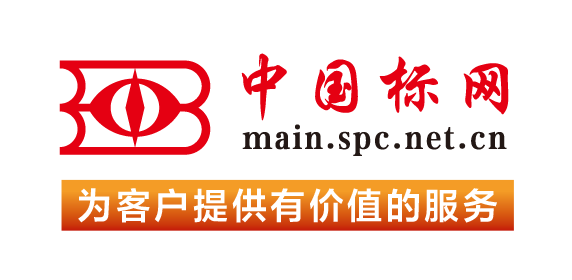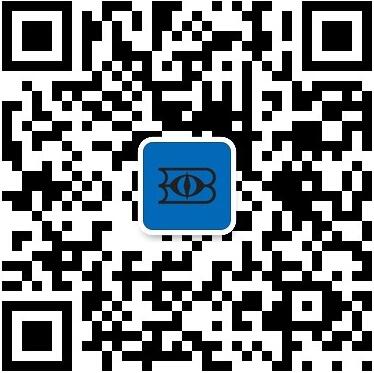【国外标准】 Standard Practice for Clearance Examinations Following Lead Hazard Reduction Activities in Single Family Dwellings, in Individual Units of Multifamily Dwellings, and in Other Child-Occupied Facilities
本网站 发布时间:
2024-02-28
开通会员免费在线看70000余条国内标准,赠送文本下载次数,单本最低仅合13.3元!还可享标准出版进度查询、定制跟踪推送、标准查新等超多特权!
查看详情>>
适用范围:
4.1 A clearance examination of abatement areas and other areas associated with other lead-hazard control activities, or building maintenance or modification activities in single-family detached dwellings, individual units in multifamily dwellings, common areas or exterior sites, and child-occupied facilities is performed to determine that the clearance area is adequately safe for reoccupancy.4.2 It is the responsibility of the user of this standard to assure that all regulatory, contractual and personnel requirements are met prior to conduct of a clearance examination. At a minimum, users of this standard shall be trained in its use and in safe practices for its conduct.NOTE 2: Authorities having jurisdiction may have certification or specific training requirements, or both.4.3 This practice is one of a set of standards developed for lead hazard management activities. The visual assessment procedures required in this practice are found in Practice E2255/E2255M and the record keeping requirements are found in Practice E2239.4.4 Although this practice was primarily developed for dwellings and for other child-occupied facilities, this practice may be also applied to nonresidential buildings and related structures by agreement between the client and the individual conducting the clearance examination.4.5 This practice may be used by owners and property managers, including owner-occupants, and others responsible for maintaining facilities. It may also be used by lead hazard management consultants, construction contractors, labor groups, real estate and financial professionals, insurance organizations, legislators, regulators, and legal professionals.4.6 This practice does not address whether lead-hazard reduction activities or other building modification or maintenance work were performed properly.1.1 This practice covers visual assessment for the presence of deteriorated paint, surface dust, painted debris, and paint chips with environmental sampling of surface dust to determine whether a lead hazard exists at the time of sample collection, following lead-hazard reduction activities, or other building maintenance and modification activities.1.2 This practice addresses clearance examination of single-family detached dwellings (including exterior structures, such as fences), individual units in multifamily dwellings, common areas or exterior sites, and child-occupied facilities.1.3 This practice also addresses clearance examinations that may include soil sampling, for example when soil abatement has been performed.1.4 This practice includes a procedure for determining whether regulatory requirements for lead clearance levels for dust and, where warranted, soil have been met, and consequently, whether a clearance area passes or fails a clearance examination.NOTE 1: This practice is based on that portion of “clearance” described for the United States in 40 CFR Part 745 for abatement, and in 24 CFR Part 35 for lead-hazard reduction activities other than abatement.1.5 The values stated in either SI units or inch-pound units are to be regarded separately as standard. The values stated in each system are not necessarily exact equivalents; therefore, to ensure conformance with the standard, each system shall be used independently of the other, and values from the two systems shall not be combined.1.6 This standard does not purport to address all of the safety concerns, if any, associated with its use. It is the responsibility of the user of this standard to establish appropriate safety, health, and environmental practices and determine the applicability of regulatory limitations prior to use.1.7 This international standard was developed in accordance with internationally recognized principles on standardization established in the Decision on Principles for the Development of International Standards, Guides and Recommendations issued by the World Trade Organization Technical Barriers to Trade (TBT) Committee.
标准号:
ASTM E3074/E3074M-20
标准名称:
Standard Practice for Clearance Examinations Following Lead Hazard Reduction Activities in Single Family Dwellings, in Individual Units of Multifamily Dwellings, and in Other Child-Occupied Facilities
英文名称:
Standard Practice for Clearance Examinations Following Lead Hazard Reduction Activities in Single Family Dwellings, in Individual Units of Multifamily Dwellings, and in Other Child-Occupied Facilities标准状态:
Active-
发布日期:
-
实施日期:
出版语种:
- 推荐标准
- ASTM 51401-21 Standard Practice for Use of a Dichromate Dosimetry System
- ASTM 51956-21 Standard Practice for Use of a Thermoluminescence-Dosimetry System (TLD System) for Radiation Processing
- ASTM A1010/A1010M-24 Standard Specification for Higher-Strength Martensitic Stainless Steel Plate, Sheet, and Strip
- ASTM A1016/A1016M-24 Standard Specification for General Requirements for Ferritic Alloy Steel, Austenitic Alloy Steel, and Stainless Steel Tubes
- ASTM A105/A105M-24 Standard Specification for Carbon Steel Forgings for Piping Applications
- ASTM A1064/A1064M-24 Standard Specification for Carbon-Steel Wire and Welded Wire Reinforcement, Plain and Deformed, for Concrete
- ASTM A108-24 Standard Specification for Steel Bar, Carbon and Alloy, Cold-Finished
- ASTM A1080/A1080M-24 Standard Practice for Hot Isostatic Pressing of Steel, Stainless Steel, and Related Alloy Castings
- ASTM A1090/A1090M-19(2024) Standard Specification for Forged Rings and Hollows for Use as Base Plates in Power Transmission Structures
- ASTM A1115/A1115M-24 Standard Practice for Construction of Mechanically Stabilized Earth Walls with Inextensible Soil Reinforcement
- ASTM A1128-24 Standard Specification for Stainless Steel Shielded, Rubber Gasketed Couplings Having an Integral Restraint Feature for Joining Hubless Cast Iron Soil Pipes and Fittings Where External Restraint Is Required
- ASTM A179/A179M-24 Standard Specification for Seamless Cold-Drawn Low-Carbon Steel Heat-Exchanger and Condenser Tubes
- ASTM A234/A234M-24 Standard Specification for Piping Fittings of Wrought Carbon Steel and Alloy Steel for Moderate and High Temperature Service
- ASTM A242/A242M-24 Standard Specification for High-Strength Low-Alloy Structural Steel
- ASTM A249/A249M-24a Standard Specification for Welded Austenitic Steel Boiler, Superheater, Heat-Exchanger, and Condenser Tubes
 我的标准
我的标准 购物车
购物车 400-168-0010
400-168-0010














